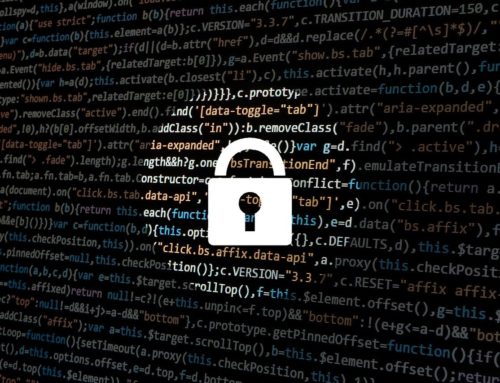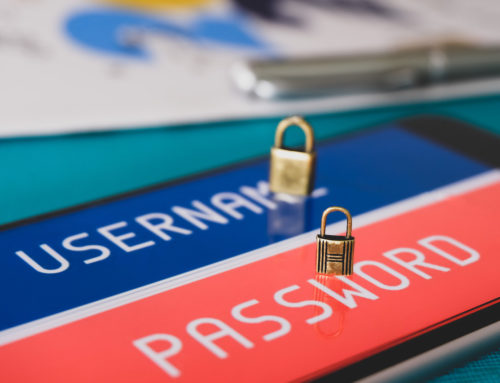
Multi-Factor Authentication, or MFA, is an important security measure that businesses should consider implementing. MFA adds an extra layer of security by requiring more than one form of authentication, such as a password and a fingerprint or an access code and a smartphone identifier.
Benefits to Implementing MFA Tools and Practices
There are many benefits to implementing MFA, including:
Increased Security
As mentioned, MFA adds an extra layer of security to your business. By requiring more than one form of authentication, you can be sure that only authorized users will have access to your systems and data.
Multi-factor authentication is extremely good at securing your devices and networks. In fact, Microsoft found that properly implemented MFA can stop 99.9% of password attacks! It’s well worth implementing a security tool with such a high success rate.
Reduced Costs
Implementing MFA can actually save your business money in the long run. If your business is ever the victim of a data breach, you may be required to pay for credit monitoring or other services for your customers. By implementing MFA, you can help prevent data breaches from happening in the first place, which can save your business money. The cost of implementing MFA tools is very low compared to the security it provides.
Improved Customer Satisfaction
Customers are increasingly aware of the importance of security and are more likely to do business with companies that take security seriously. By implementing MFA, you can show your customers that you are committed to keeping their data safe and secure.
Picking the Right Approach to MFA
When it comes to MFA, there is no one-size-fits-all solution. The best approach for your business will depend on your specific needs and objectives. However, there are some general best practices that businesses should follow when implementing MFA:
Choose the Right Authentication Factors
There are many different authentication factors that can be used for MFA, such as passwords, access codes, fingerprints, and smartphone apps. The best approach for your business will depend on your specific needs and objectives.
Don’t Let Employees Opt Out
Your business is only as strong as its weakest link. If you make multi-factor authentication optional, then your employees may choose to opt out to save a moment of convenience—to the detriment of your entire business. You should set company-wide rules for using MFA to log into accounts securely, then back them up with the technology tools that make multi-factor authentication mandatory.
Make Sure Your MFA Solution Is Scalable
As your business grows, your MFA solution will need to be able to grow with you. Make sure that the MFA solution you choose is scalable and can be easily adapted to your changing needs.
Get Help from an Experienced Managed IT Services Provider
Implementing an MFA solution can be a complex and time-consuming process. If you don’t have the internal resources to do it yourself, then you should consider working with an experienced IT provider like JNTtek. MSPs can help you assess your needs and objectives, select the right MFA solution for your business, and implement it in a way that is efficient and effective.
How JNTtek Can Help
Implementing MFA can seem like a daunting task, but there are many resources available to help businesses get started. Managed service providers (MSPs) like JNTtek can provide expert guidance on implementing MFA and other security measures.
JNTtek has a team of security experts that can help you assess your needs and objectives, select the right MFA solution for your business, and implement it in a way that is efficient and effective. Contact us today to learn more about how we can help you secure your business.




CONNECT WITH US!